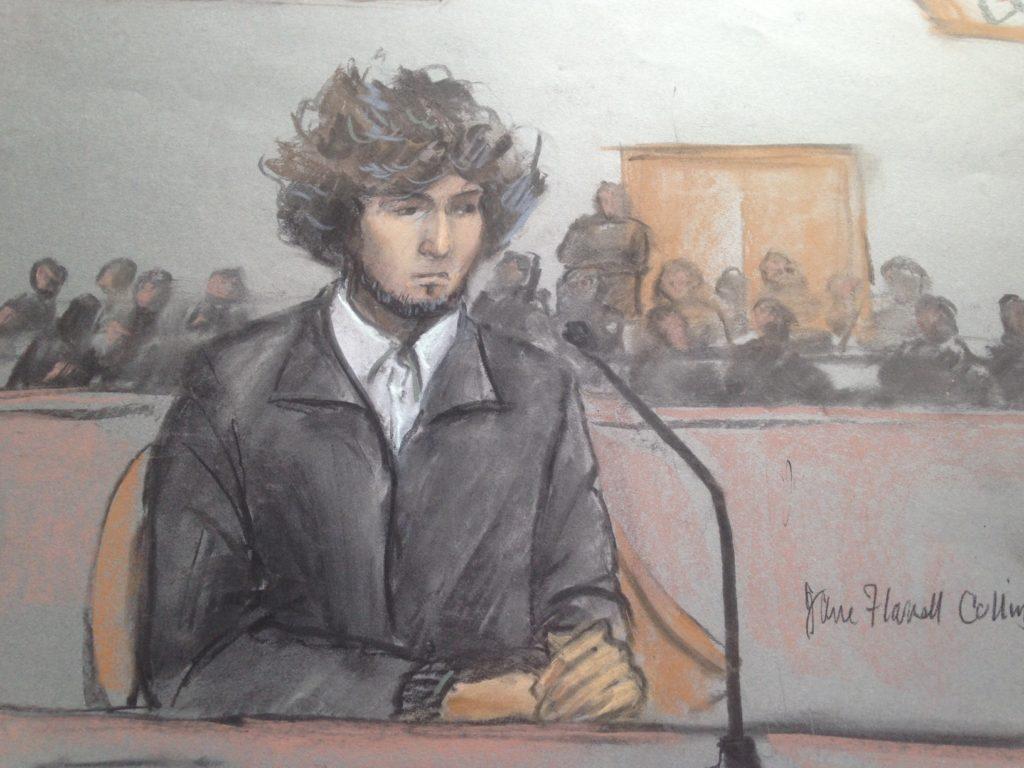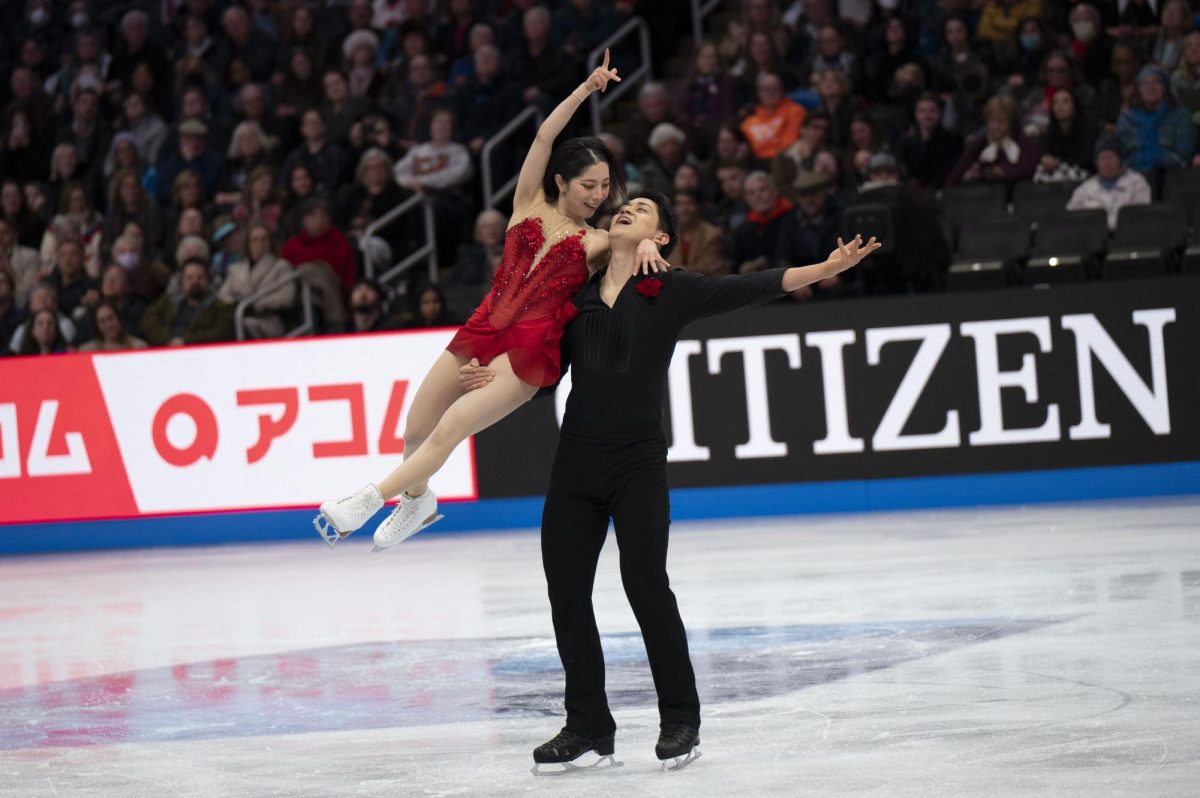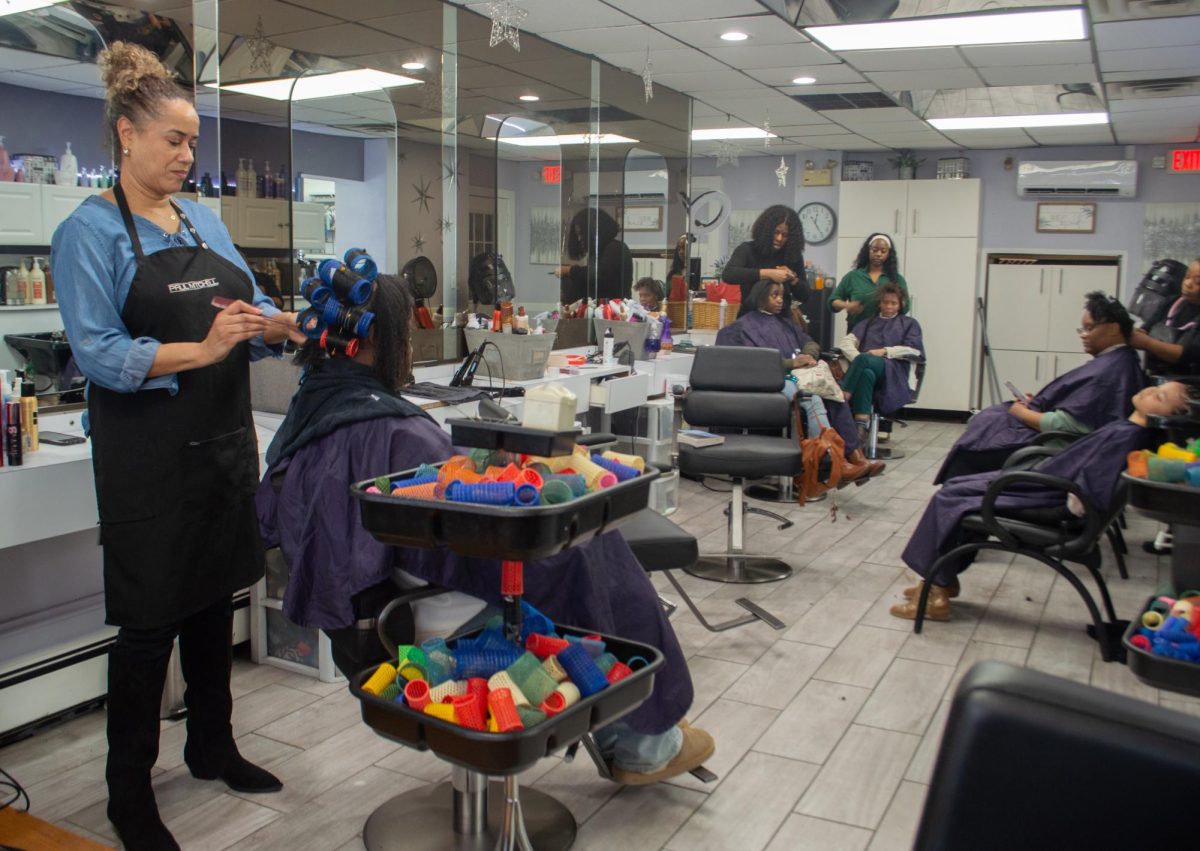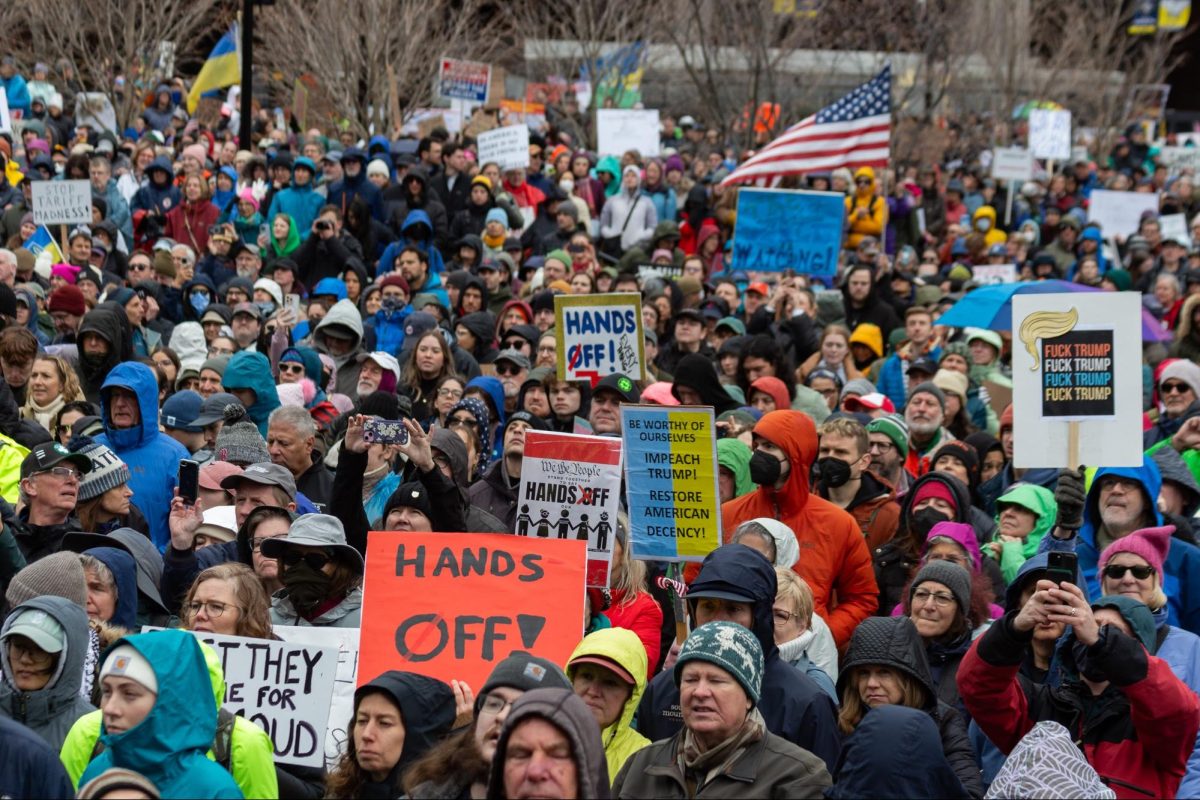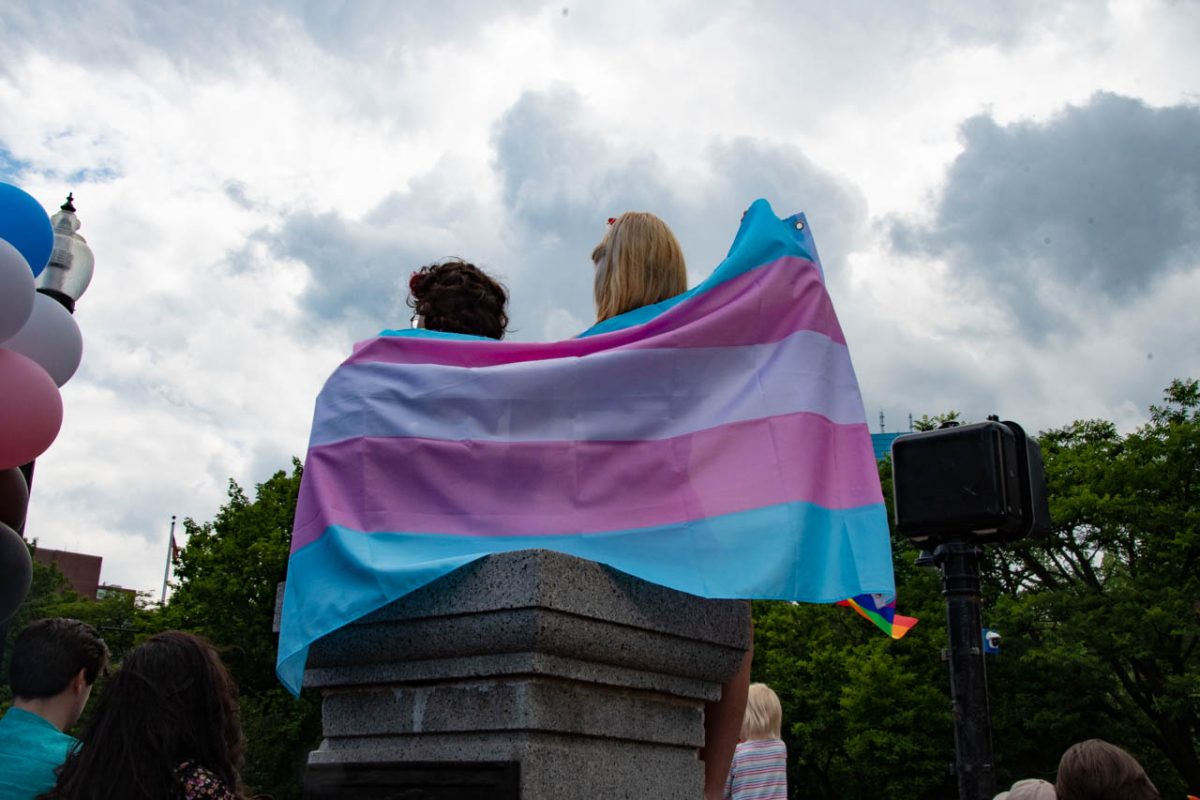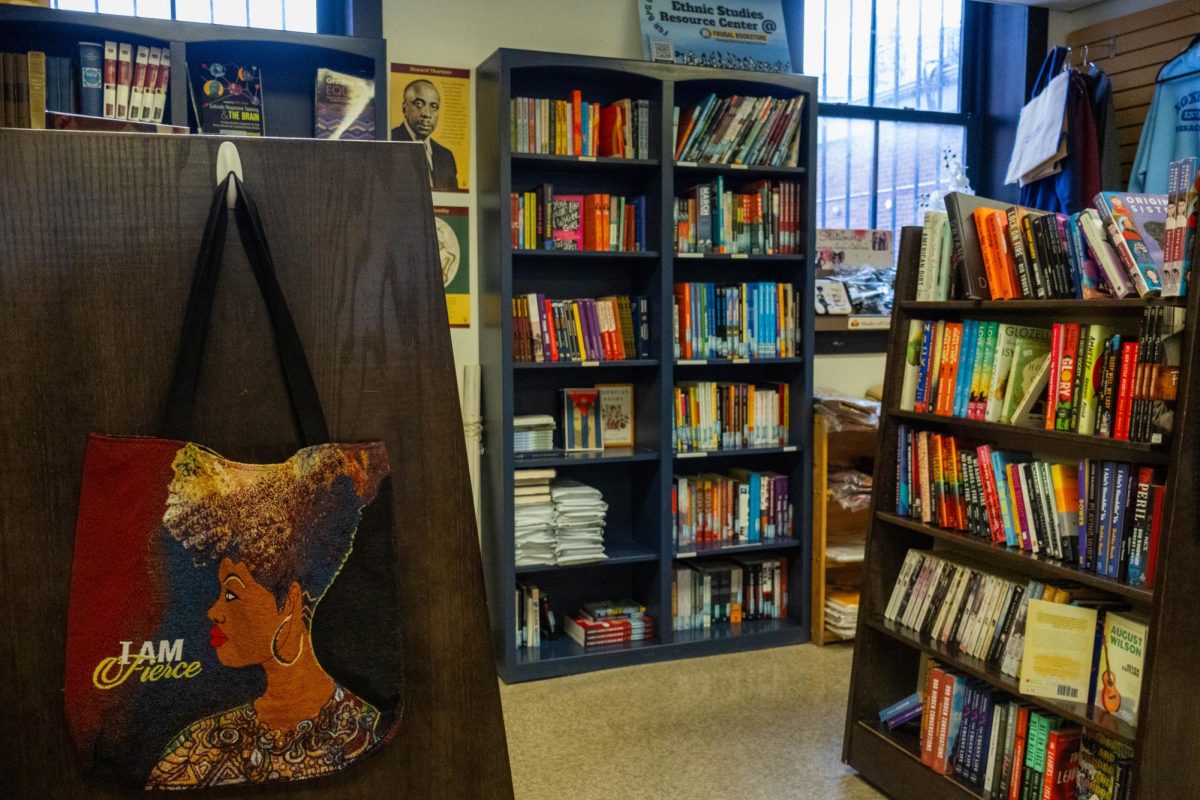By Jose Castillo, news correspondent
Moakley Courthouse in South Boston just became the stage for one of the most important trials in Boston’s recent history.
Boston Marathon Bombing suspect Dzhokhar Tsarnaev, 21, faces 30 charges resulting from explosions at the 2013 marathon finish line and the murder of Massachusetts Institute of Technology (MIT) police officer Sean Collier. If found guilty, Tsarnaev could face the death penalty.
Tsarnaev is defended by Judy Clarke, the attorney famous for defending Unabomber Ted Kaczynski, Olympic Park Bomber Eric Rudolph and Jared Loughner, who shot former Rep. Gabrielle Giffords (D-Ariz.) in 2011. In all of these cases, the defendant was found guilty.
In opening statements, Clarke declared there is no doubt that Tsarnaev played a role in the 2013 bombings, whether or not his older brother, the deceased Tamerlan Tsarnaev, coerced him into it. This contradicts Dzhokhar Tsarnaev’s plea of not guilty.
“It was him … the evidence will not establish, and we will not argue, that Tamerlan put a gun to Dzhokhar’s head or that he forced him to join in the plan,” Clarke said to the 18 jurors.
However, the defense has established that it will present Dzhokhar Tsarnaev as nothing more than a game piece used by his older brother to carry out the attacks.
“You will hear evidence about the kind of influence that his older brother had,” Clarke said.
The prosecution used its opening statements to emphasize that this was not the case.
“[Tsarnaev] believed that he was a soldier in a holy war against Americans,” attorney William Weinreb said. “He also believed that by winning the victory, he had taken a step toward reaching paradise. That was his motive for committing these crimes.”
Weinreb went on to explain the four “chapters” of the Tsarnaev ordeal: the bombing of the Boston Marathon, the murder of Sean Collier, the carjacking and kidnapping of Northeastern alumnus Dun “Danny” Meng and, finally, the manhunt in Watertown. The prosecution used this outline to present its case, starting with testimony from victims of the Boston Marathon Bombings.
Those who testified on the first day of the trial included Executive Director of the Boston Athletic Association Thomas Grilk and Boylston Street’s Marathon Sports Store Manager Shane O’Hara. Grilk established the setting of the first “chapter,” explaining the significance of the Boston Marathon, while O’Hara recalled the chaos that overtook her store after the bombs detonated.
“It was like a scene from ‘Saving Private Ryan’ or ‘Platton,’” testified O’Hara. “The thing that haunts me is making decisions … who needed help more?”
The days that followed focused on the victims of the bombings. Bill Richard, the father of Martin Richard, the 8-year-old boy who lost his life to the bombings, recounted the vivid scene to the courtroom.
“When I saw Martin’s condition, I knew that he wasn’t going to make it,” Richard said.
Richard’s daughter Jane, then 7 years old, lost her leg in the blast, while his wife, Denise, lost part of her vision. Richard lost some of his hearing ability.
Boston Police Officer Lauren Woods took the stand to describe the death of Lu Lingzi, another victim of the bombings. Zhou Danling, a friend of Lu, had been with her during her final moments. Zhou testified before the court to explain the events that led to the bombings.
On the trial’s fifth day, attention was switched from the bombings to the Tsarnaev brothers’ actions during the days following, as video footage acquired from MIT’s Green Building showing the death of Campus Police Officer Sean Collier was presented to the court.
The video showed Collier parking his vehicle by the Koch Institute for Integrative Cancer Research. Two figures, identified as Dzhokhar and Tamerlan Tsarnaev, are then seen approaching the vehicle. After allegedly wrestling with Collier through the windows of the vehicle, the Tsarnaev brothers are said to have shot the officer six times. The prosecution holds that they did this in order to steal Collier’s .45 caliber Smith & Wesson.
Veteran MIT Sgt. Clarence Henniger testified, stating that blood had been “all over the car [and Collier’s] body” when he later found them.
MIT mathematics student Nate Herman had bicycled past the vehicle prior to the confrontation. Herman identified Dzhokhar Tsarnaev as being present at the scene when he was brought to the stand.
According to the prosecution, the Tsarnaev brothers then carjacked and kidnapped Meng, who earned a master’s degree from Northeastern. Meng testified in court with assistance from a Chinese translator and stated that Tamerlan Tsarnaev entered his SUV when he decided to park to send a text message. Tamerlan Tsarnaev allegedly identified himself as responsible for the Boston Marathon Bombings and the murder of Sean Collier.
After stealing Meng’s money, the victim claimed Tamerlan Tsarnaev forced him to drive around Cambridge as Dzhokhar Tsarnaev followed in a different vehicle. Dzhokhar Tsarnaev soon abandoned his vehicle and joined the two in Meng’s SUV, he said.
Video footage from a Shell gas station shows the vehicle approaching a self-service station. Dzhokhar Tsarnaev can be seen leaving to buy snacks from the store. In a split-second decision, Meng bolted from the car and ran across the street to a Mobil gas station. With the help of the station owner, he contacted the police. Police then used tracking technology to find the location of the vehicle – the city of Watertown.
On Monday, March 16, three Watertown police officers testified about the firefight that broke out between police and the Tsarnaev brothers.
Officer Joseph Reynolds, the first to locate the Tsarnaev brothers, stated on the stand that he “locked eyes” with Tamerlan Tsarnaev, who had been driving the stolen SUV. According to Reynolds, Tamerlan then exited the car and opened fire. Reynolds returned fire but was not prepared for the brothers’ arsenal. He testified that Tamerlan Tsarnaev threw explosives during the confrontation.
“I could feel all the debris landing on top of me,” Reynolds said.
Next to testify was Sgt. Jeffrey Pugliese, who tried to flank the Tsarnaev brothers during the shoot-out. Pugliese stated that Tamerlan Tsarnaev saw the officer and ran toward him, but once Tamerlan tried to shoot the officer, it appeared there was a problem with the weapon. Out of frustration, Tamerlan Tsarnaev allegedly threw the gun at the officer. Pugliese was able to tackle Tamerlan Tsarnaev and was close to handcuffing the suspect, he testified. However, Dzhokhar, who was in the SUV, allegedly drove toward the dog pile. The officers quickly moved out of the way. Tamerlan Tsarnaev was hit by the vehicle and dragged over 25 feet. He died from gunshot wounds and injuries sustained from the car.
Earlier that day, the jurors were taken to a South Boston storage facility, where they viewed the boat Dzhokhar Tsarnaev hid in to elude police. Jurors took note of the message he wrote, which praised his older brother for his actions and decried the United States for its wars against Islam. Bullet holes and blood covered the boat.
The trial is set to continue through this week with testimonies from Dzhokhar Tsarnaev’s friends. The case will continue for the next three to four months. It will be split into two parts: the first to determine guilt or innocence and the second to determine whether Dzhokhar Tsarnaev will face the death penalty or life in jail without the possibility of parole, if found guilty.
Illustration by Jane F. Collins.


